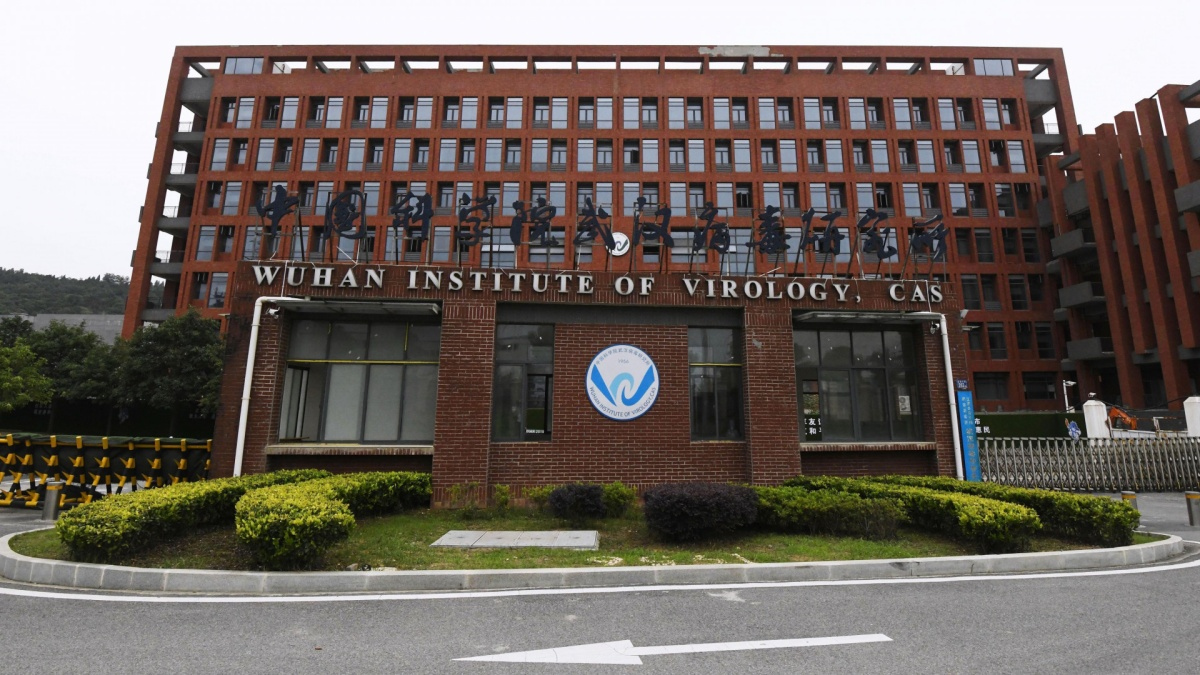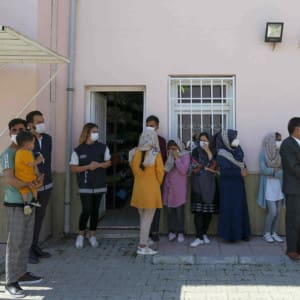The authorities of the Guangdong Province in China announced in May that they plan to build 25 to 30 bio laboratories over the next five years. This means that the global number of such laboratories will rise to 60 around the world, including in the United Kingdom, United States, India, Gabon, and the Ivory Coast.
U.S. authorities are currently investigating the Wuhan Institute of Virology after a number of intelligence agencies announced that it was likely that the coronavirus pandemic may have leaked from the laboratory. A full 75 percent of the planned laboratories have been or will be built in urban areas, which worries experts who fear another outbreak.
“In the UK and US, these facilities are media-focused and run their reporting system well, but we’re still not where we want to be. The more we work, the more accidents will happen,” said Filippa Lentzos, a researcher at King’s College in London.
Richard Ebright, a professor at Rutgers University, says that the more institutions and the more individuals get access to these hazardous substances, the greater the risk. Ebright said there have been many accidents and a large number of leaks in laboratories with lower biosafety and therefore the professor calls for the strengthening of biosafety rules.
Over the past decade, the number of laboratories where highly hazardous biological research has been conducted has proliferated. As a result, scientists warn that less rigid control systems and rules could lead to more pandemics.
The question whether the COVID-19 pandemic could have leaked from the Wuhan laboratory in China has become topical again with the imminent release of a U.S. intelligence report on the issue.
Title image: Wuhan biological laboratory in China.






